MTH1W Grade 9 De-streamed Mathematics Resources
On July 9th, 2020, the Office of the Premier shared a news release titled Ontario Taking Bold Action to Address Racism and Inequity in Schools highlighting “bold new changes to the education system that will help break down barriers for Black, Indigenous and racialized students and provide all students with an equal opportunity to succeed.”
Almost one year later, the Ontario Ministry of Education release of the new MTH1W Grade 9 De-streamed Mathematics Course is finally here and with all of the anticipation from high school mathematics educators across the province, we felt we should find a way to help point mathematics educators towards some important resources and supports.
On this MTH1W Grade 9 De-streamed Mathematics Resource and Supports page, you’ll find:
- Ministry Curriculum Documents and Resources;
- Resources to understand why de-streaming is long overdue;
- Educator Curated and/or Created Resources; and,
- Much more!
Let’s dig in!
Ministry Curriculum Documents and Resources
The new MTH1W De-streamed Mathematics, 9 Curriculum is available at dcp.edu.gov.on.ca where you will also find:
Modified and Editable Curriculum Documents and Resources
There are a ton of resources floating around the Math Twitter Blogosphere #MTBoS regarding the MTH1W De-streamed Mathematics, 9 course so I thought I would share what I’ve been working on as well as some of the other work from around the province.
Dynamically Updated Google Doc With Resource Links By Strand & Overall Expectation
There are some other great resources being shared around the web including the following MTH1W Resources Shared By Gerard Lewis including:
The math team at Hastings Prince Edward District School Board (HPEDSB) consisting of Chris Lee, David Lanovaz, Drew Davidson, Tamara McKinnon, Lisa VandenBosch, Jenny Lyons, Jeff Richardson, Richard Long, Brian Poste, Allan Faulds, Tyler Fischer, Lesley Morgan, Jon Jenkinson, Kirsten Babb, Tonda Matho, Neal Solomon, Shara Jones, Kendra Kilpatrick, Erin Spry and Rob Garden were hard at work this past summer putting together their MTH1W Grade 9 Destreamed Math Resources which includes:
Dive into the whole package of curated resources for the MTH1W Grade 9 Destreamed course!
The Rainbow District School Board (RDSB) has produced and curated resources to support the implementation of the new Grade 9 MTH1W Destreamed Math Curriculum including classroom-ready materials.
Each day has suggested activities, sample lessons, or other supporting content. Teachers can simply click on the link to access the corresponding file in the Google drive. This document should be used in conjunction with a teacher’s own lessons and a teacher’s own professional judgment. Additional supports may be required to meet the curriculum expectations.
Dive into their MTH1W Grade 9 Destreamed resource area now.
The Lambton Kent District School Board (LKDSB) has produced and curated resources to support the implementation of the new Grade 9 MTH1W Destreamed Math Curriculum including classroom-ready materials.
This website is designed to support LKDSB teachers as they prepare for the new MTH 1W course which will be introduced in September 2021. The hope is that the resources here will help provide some direction and assistance in teaching the course.
This website will also be a work in progress, so as more resources are created they will be shared here.
Dive into their MTH1W Grade 9 Destreamed resource area now.
The Waterloo Region District School Board (WRDSB) has produced and curated resources to support the implementation of the new Grade 9 MTH1W Destreamed Math Curriculum including classroom-ready materials.
The resources on this site are intended to be accessible and helpful as we navigate the new curriculum together and support all our students in feeling valued and in experiencing success in our classrooms.
To help you navigate this site, many pages will describe different “spicy” entry points for you to choose how “spicy” you want to get!
Dive into their MTH1W Grade 9 Destreamed resource area now.
The OAME/AFEMO Elementary Math Curriculum Resource Project produces resources to support the implementation of the Revised Elementary Curriculum and new Grade 9 MTH1W Destreamed Math Curriculum including classroom-ready materials to support instruction and assessment around Number, Financial Literacy, Mathematical Modelling, and Coding.
In addition to the classroom-ready materials, webinars to support the roll out of the resources, explore the content in the front matter of the curriculum, and examine the transition to secondary school will be hosted through the school year. All resources will be available in French and English and will eventually be housed on the website.
Dive into the MTH1W Grade 9 Destreamed resource area now.
The folks over at BHNMath have shared resources for the MTH1W Grade 9 Destreamed Course by overarching questions as well as by topic.
Dive into their MTH1W Grade 9 Destreamed resource area now.
Have Something to Contribute?
If you know of other useful materials worth sharing, please drop the link in the comments section at the bottom.
Understanding the “Why” Behind De-streaming
With so many Ontario mathematics educators having had their perspective influenced through a “streamed” or “tracked” education system, it can be hard to understand why there is a need for change.
After all – a streamed high school mathematics system worked for us, right?
It might be helpful to start by learning more about why academic streaming was introduced in Ontario schools in the first place.
Let’s turn it over to Ontario educator, Jason To to help paint us a picture with this gem of a video:
A Brief History of Academic Streaming in Ontario
Some other worthwhile de-streaming / de-tracking resources to help learn more about this first step we are taking in Ontario towards more access and equity for all learners to access a high quality mathematics education can be found below:
- Coalition for Alternatives to Streaming in Education (CASE) Resources including Facts Sheets and Recommendations
- FESI Session #5: Streaming in Schooling [Panel Discussion]
If you know of other useful materials worth sharing, please drop the link in the comments section at the bottom.
Live OAME Panel Discussion: How To Remove Tracking From Your Mathematics Program
We recently held a live panel discussion at the annual OAME Conference (Ontario Association of Mathematics) on de-streaming the grade 9 math program here in Ontario with some pretty special guests!
We were honoured to host Dr. Christine Suurtamm who is a Professor of Mathematics Education at the University of Ottawa, Hema Khodai, an Instructional Resource Teacher with Peel District School Board, Mark Chubb, a classroom teacher and past instructional coach, and finally Jason To who is a Coordinator for Secondary Mathematics and Academic Pathways with the TDSB.
In this deep discussion we discuss the benefits of de-tracking or de-streaming as it helps to break down barriers that prevent marginalized students from an equal opportunity to succeed, thrive, and reach their full potential.
Shifting Our Pedagogy To Reach Every Learner
Over the past year since the Ontario Minister of Education announced that streaming would be ending for grade 9 mathematics courses, many educators have been concerned about the already tough challenge of reaching every learner becoming even more difficult.
This is a valid concern and there is much learning we all must undergo to ensure that we provide all students with an opportunity to achieve at high levels in the new MTH1W de-streamed mathematics course.
Although shifting our pedagogy is always a challenging task, we must continue to explore routines and practices that will create a non-threatening classroom environment where all students feel they belong and can contribute in a meaningful way.
Consider a Problem Based Lesson Model
Were you a student of the “I do, we do, you do” approach to teaching and learning mathematics? We were and thus we thought that this was the only way to teach mathematics.
Consider heading over to the Make Math Moments 3-Part Framework page to learn about how starting with contextual problems to investigate new concepts can be a difference maker in allowing all students to enter a task and confidently solve problems using emerging strategies and models.
Math Talks To Build Fluency & Flexibility
How can we lead a productive math talk in the new MTH1W De-streamed Grade 9 Mathematics Course? What should we plan for? What are the teacher moves that fuel sense making in our students so we don’t waste our valuable time?
Watch as we lead members from the Make Math Moments Academy through a math talk involving solving equations in an accessible way revealing connections including the two types of division and its impact on solving equations.
A Few More Resources You Might Find Helpful:
LESSONS TO MAKE MATH MOMENTS
Each lesson consists of:
Each Make Math Moments Problem Based Lesson consists of a Teacher Guide to lead you step-by-step through the planning process to ensure your lesson runs without a hitch!
Each Teacher Guide consists of:
- Intentionality of the lesson;
- A step-by-step walk through of each phase of the lesson;
- Visuals, animations, and videos unpacking big ideas, strategies, and models we intend to emerge during the lesson;
- Sample student approaches to assist in anticipating what your students might do;
- Resources and downloads including Keynote, Powerpoint, Media Files, and Teacher Guide printable PDF; and,
- Much more!
Each Make Math Moments Problem Based Lesson begins with a story, visual, video, or other method to Spark Curiosity through context.
Students will often Notice and Wonder before making an estimate to draw them in and invest in the problem.
After student voice has been heard and acknowledged, we will set students off on a Productive Struggle via a prompt related to the Spark context.
These prompts are given each lesson with the following conditions:
- No calculators are to be used; and,
- Students are to focus on how they can convince their math community that their solution is valid.
Students are left to engage in a productive struggle as the facilitator circulates to observe and engage in conversation as a means of assessing formatively.
The facilitator is instructed through the Teacher Guide on what specific strategies and models could be used to make connections and consolidate the learning from the lesson.
Often times, animations and walk through videos are provided in the Teacher Guide to assist with planning and delivering the consolidation.
A review image, video, or animation is provided as a conclusion to the task from the lesson.
While this might feel like a natural ending to the context students have been exploring, it is just the beginning as we look to leverage this context via extensions and additional lessons to dig deeper.
At the end of each lesson, consolidation prompts and/or extensions are crafted for students to purposefully practice and demonstrate their current understanding.
Facilitators are encouraged to collect these consolidation prompts as a means to engage in the assessment process and inform next moves for instruction.
In multi-day units of study, Math Talks are crafted to help build on the thinking from the previous day and build towards the next step in the developmental progression of the concept(s) we are exploring.
Each Math Talk is constructed as a string of related problems that build with intentionality to emerge specific big ideas, strategies, and mathematical models.
Make Math Moments Problem Based Lessons and Day 1 Teacher Guides are openly available for you to leverage and use with your students without becoming a Make Math Moments Academy Member.
Use our OPEN ACCESS multi-day problem based units!
Make Math Moments Problem Based Lessons and Day 1 Teacher Guides are openly available for you to leverage and use with your students without becoming a Make Math Moments Academy Member.
Partitive Division Resulting in a Fraction
Equivalence and Algebraic Substitution
Represent Categorical Data & Explore Mean
Downloadable resources including blackline masters, handouts, printable Tips Sheets, slide shows, and media files do require a Make Math Moments Academy Membership.
DOWNLOAD THE 3-PART FRAMEWORK GUIDEBOOK

Why not bring the 3-Part Framework Guidebook with you?
Download the PDF so you can share with your professional learning network via print or email!

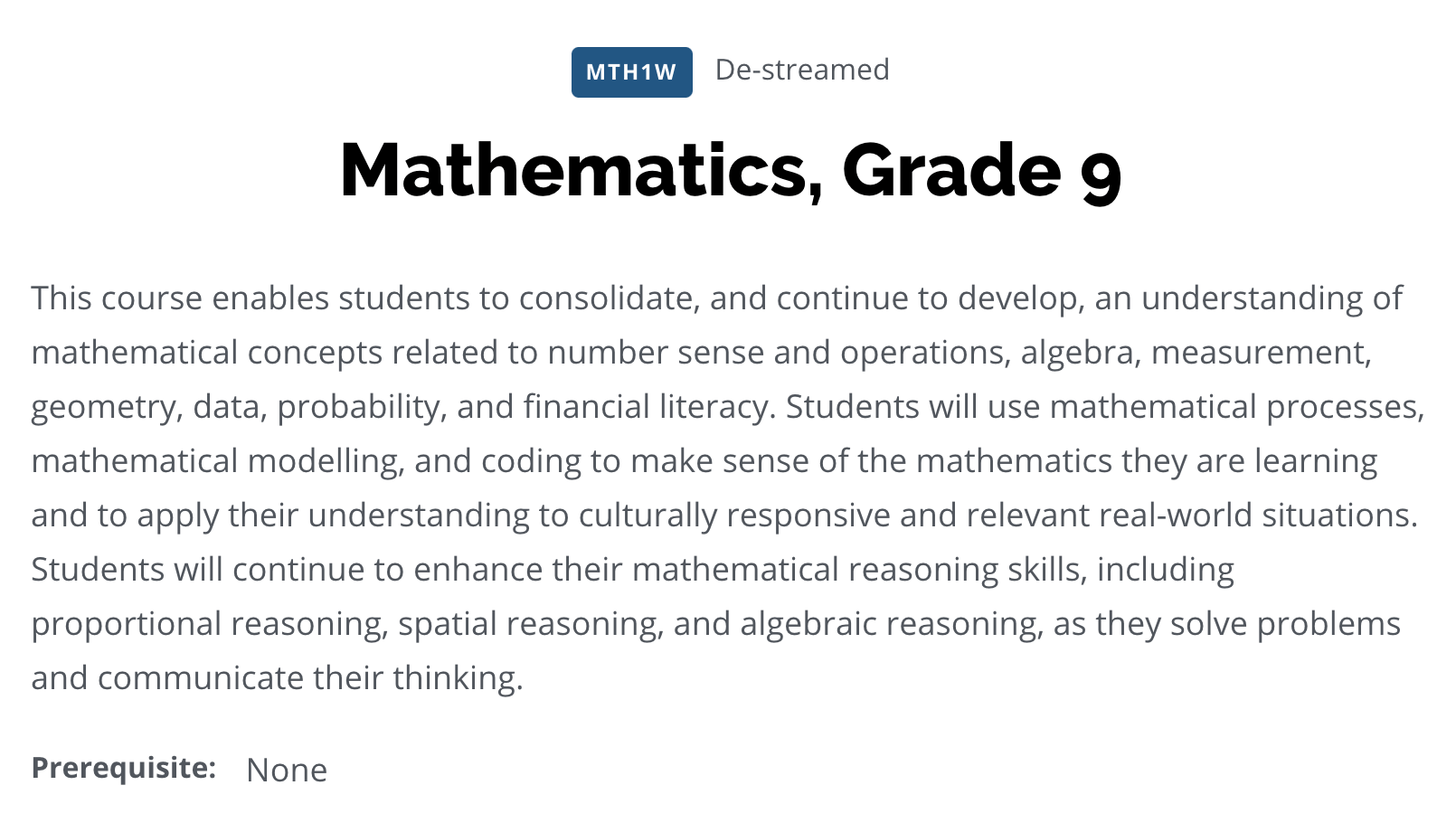
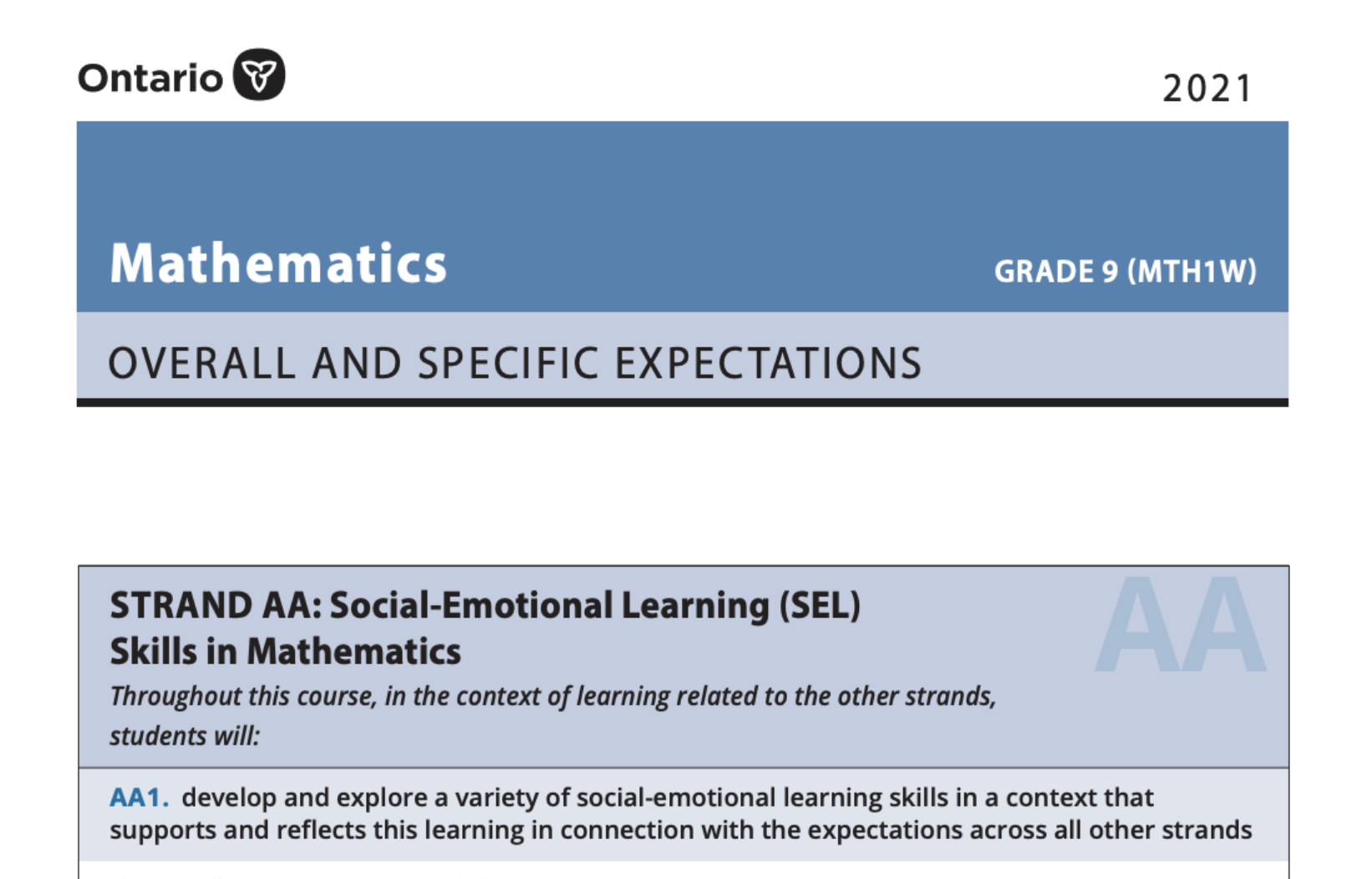
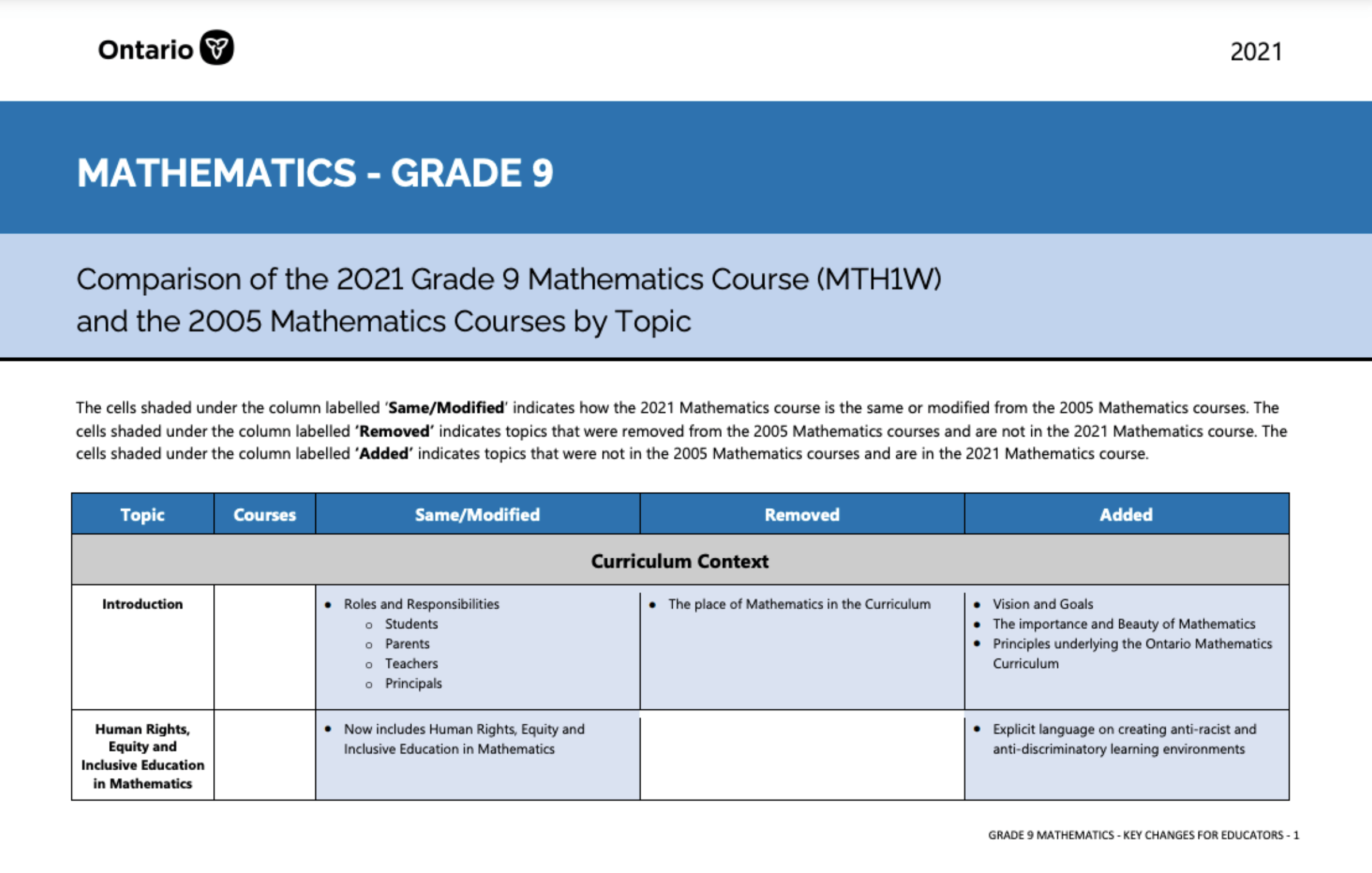
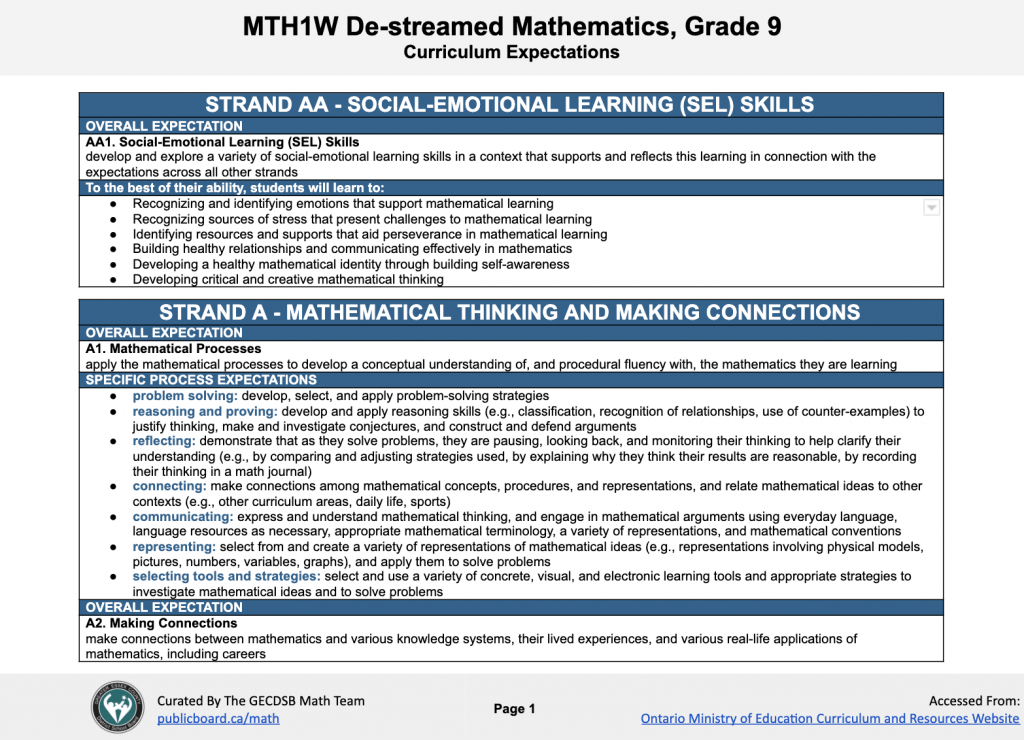


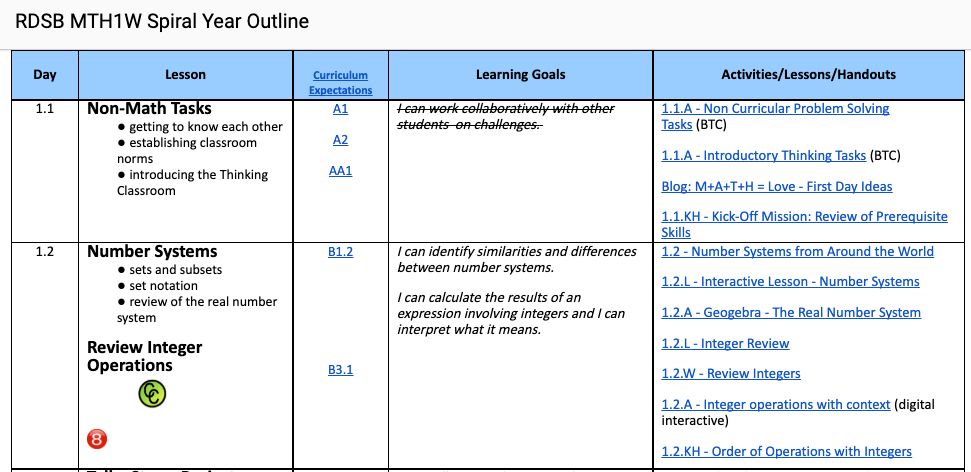




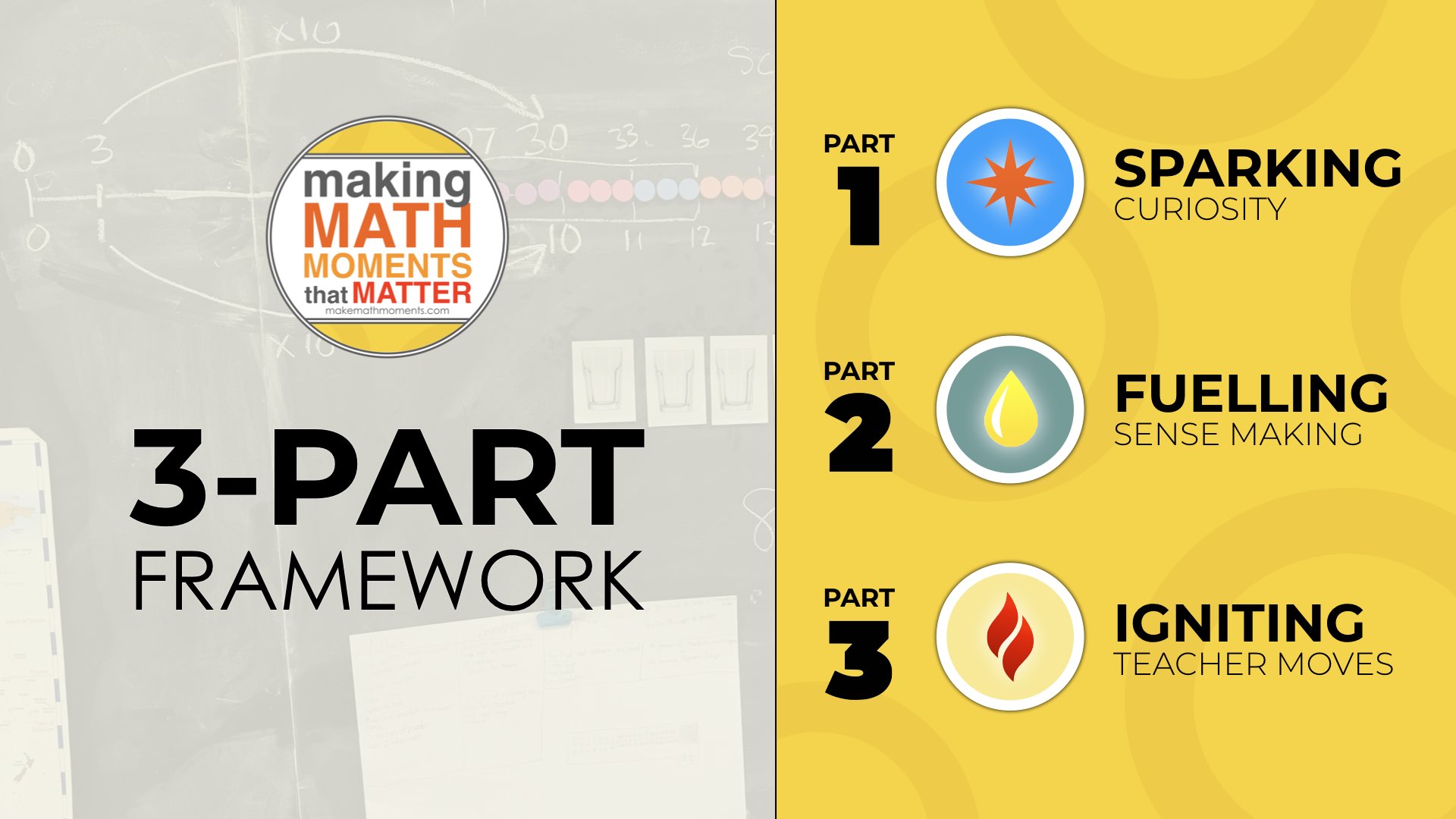

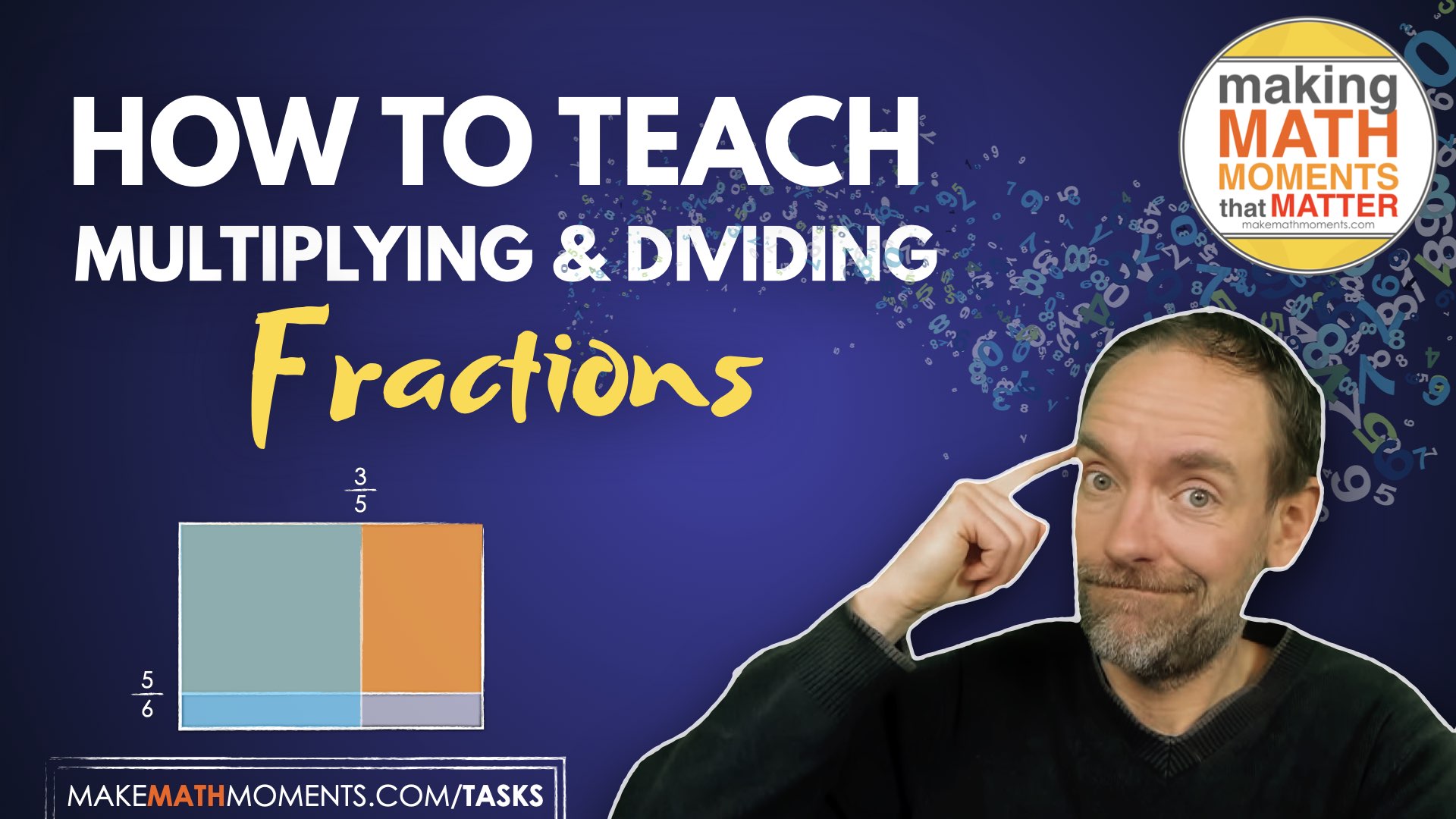
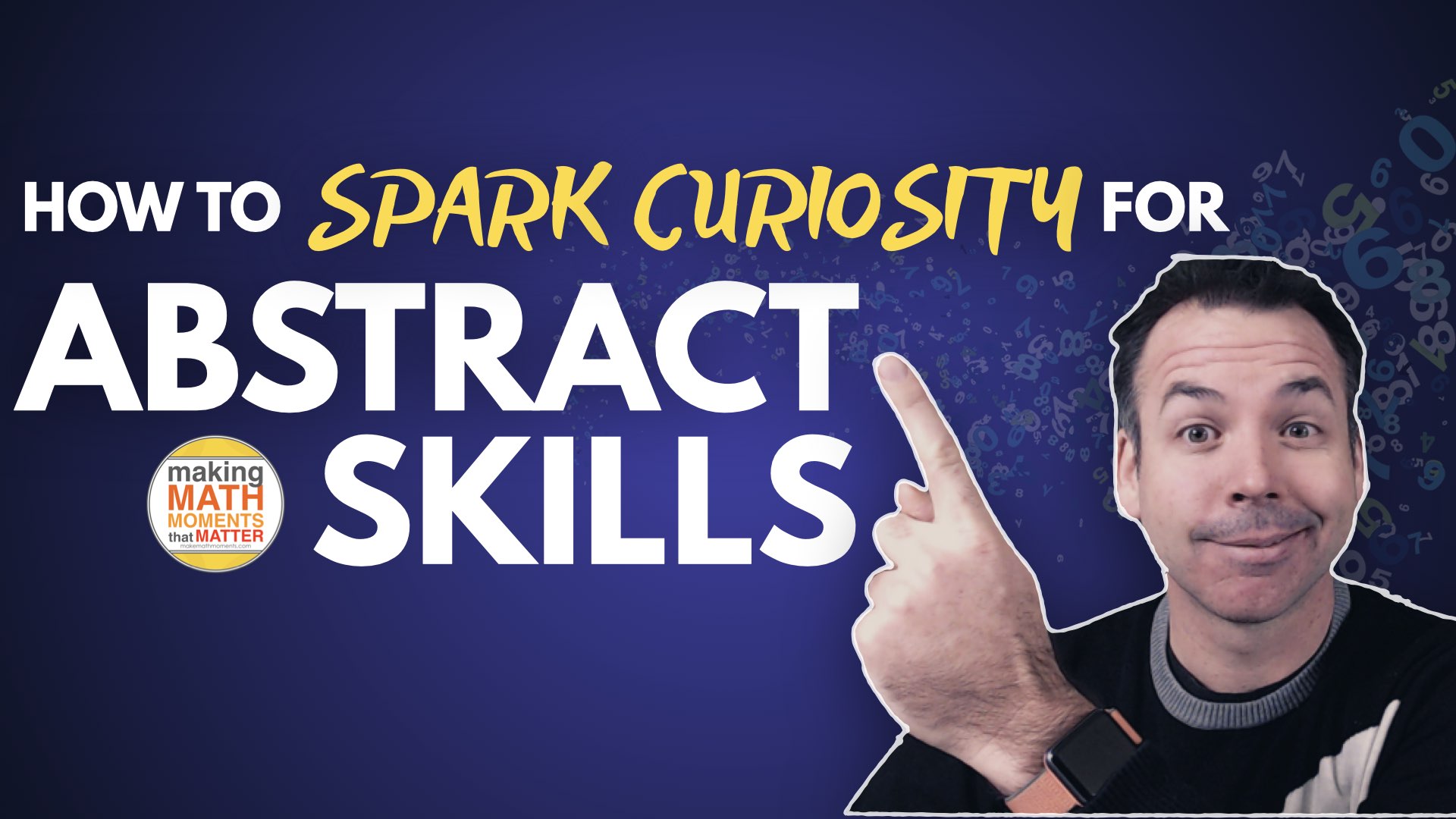
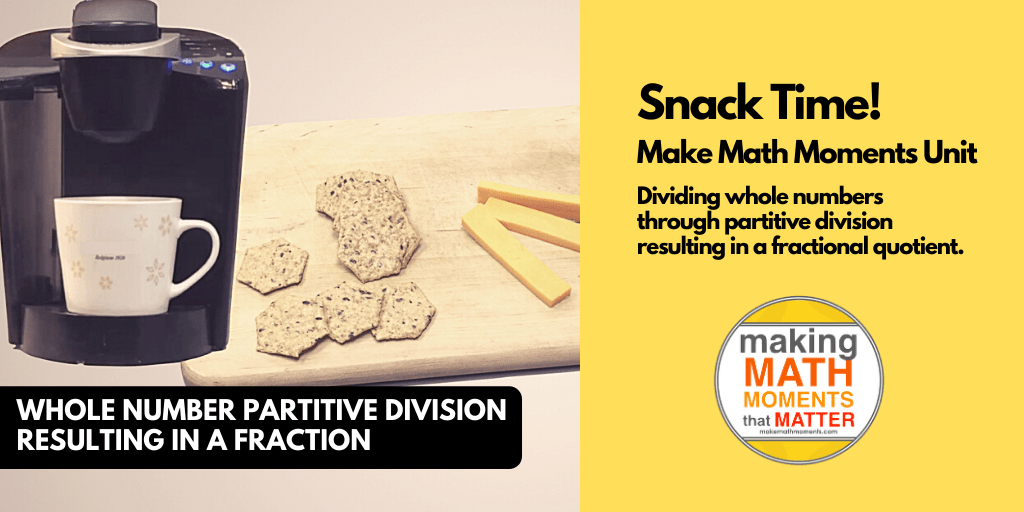



Good morning!
Please feel free to add the following to your MTH1W Geade 9 De-Streamed Mathematics Resources page:
https://www.bhnmath.ca/teachers/courses/mth1w1/
It’ll be updated frequently throughout the year.
Cheers!
Adam Gesjorskyj (BHNCDSB)
Greeting for the holidays. I am a retired teacher & HOD TDSB including the destreamed school Rosedale Height. – 30 years and professor at Nipissing, UWI, OISE, UWO. am working on textbooks for Jamaica with activity and technology approaches.. I am interested in working on a MTW1W text and perhaps one for 2W later. Lie you approaches. Interested in collaboration?
We are always open to collaboration! Let us know how you think we might be able to help!
Grade 9 Destreamed Math Resource Book
Preface
To the Teacher
This book is a very good resource for Grade 9 Destreamed Math students in terms of content and scope. It acts as a paradigm for equipping students with the requisite skills necessary to apply the mathematical content covered in this text to real life situations and decision making. The activities of this book are student friendly and embrace the constructivist theory. The key features of this text are, it encourages student-centered and activity based learning, it contains relevant content and group activities, it offers enrichment activities and remedial exercises, and it uses the integration of technology and performance assessments. Coding using Python programming is integrated into relevant topics in Mathematics topics and real-life application. This book is fully aligned to the Ontario curriculum and meets the features of the MOE guidelines and will definitely prove beneficial to helping Grade 9 students ascertain success in mathematics.
To the Student
Welcome to the Grade 9 Math Resource Book! This introduction explains how each chapter of this textbook is organized.
1. Each chapter begins with objectives and a table of contents, followed by content and activities, and concludes with a review exercise. The content usually starts with a “hook” to introduce the topic. For example, the following is an introduction to the chapter on solving simple equations.
Equation: x + 3 = 7
2. Research has shown that students learn best through hands-on activities such as algebra tiles, geoboard, 3-D objects, and other concrete materials, most of which can be produced in the classroom or at home. For example, algebra tiles are used to introduce the topic on adding polynomials and geoboard is used to plot coordinates, lines, areas and perimeters and transformations.
Example Simplify
3. This textbook contains both individual and group exercises and activities so that you can work independently and cooperatively in groups in and out of class. For example, the following activity exercise can be done to find the relation between height and arm-span.
4. Technology is used to support your learning. The websites and YouTube Videos listed in each chapter will be excellent learning tools for you. Websites, Tablets and Apps will provide drills, practice, and enrichment. For example, there are YouTube Videos on “The Measurement Song” and “Mean, Median and Mode Song” and Apps from Khan Academy for tutoring, review, and enrichment, and Graphing software like Geogebra for graphing and transformations.
5. Coding is an important component of this course. Relevant coding lessons and exercises will be integrated throughout the book. For examples, variables and calculations in Algebra and equations.
6. Many students often ask their teachers, “Why are we doing Math?” This textbook will provide you with real-life applications and relevant content in the Jamaican context which will help you to make mathematical connections to daily life. You will also learn how to use Mathematics as a tool for learning other disciplines such as, Geography, Science, Technology, etc.
7. Climate Change and Math
Climate change is integrated into a few of the Math topics. You will learn how human actions affect climate change and what you can do to save our environment. At the same time, you will apply your knowledge by solving related mathematical and real-life problems. Topics include population growth leading to over-consumption and environmental problems such as pollution, greenhouse emissions, global warming, and solutions.
8. Your teacher will provide examples, activities, exercises and performance tasks as you work your way through each chapter. For example, a team of four students will have a culminating STEM project to design and construct a model of a Solar Dream House, using geometry learned in this unit. Students will also conduct research on solar energy sources and determine the best fit for their dream house. A grading rubric is used for assessment that includes Math, engineering principles and group work.
Dr. Yee Han Peter Joong pjoong@hotmail.com